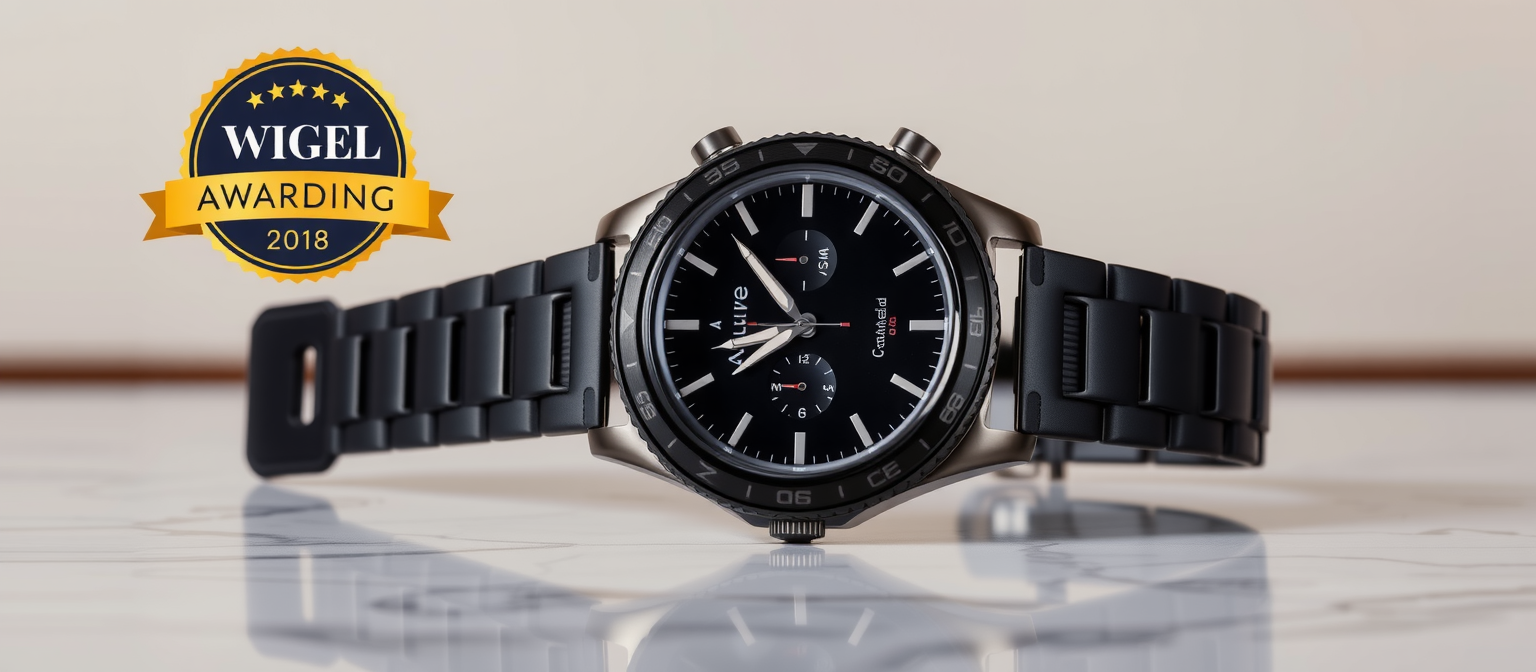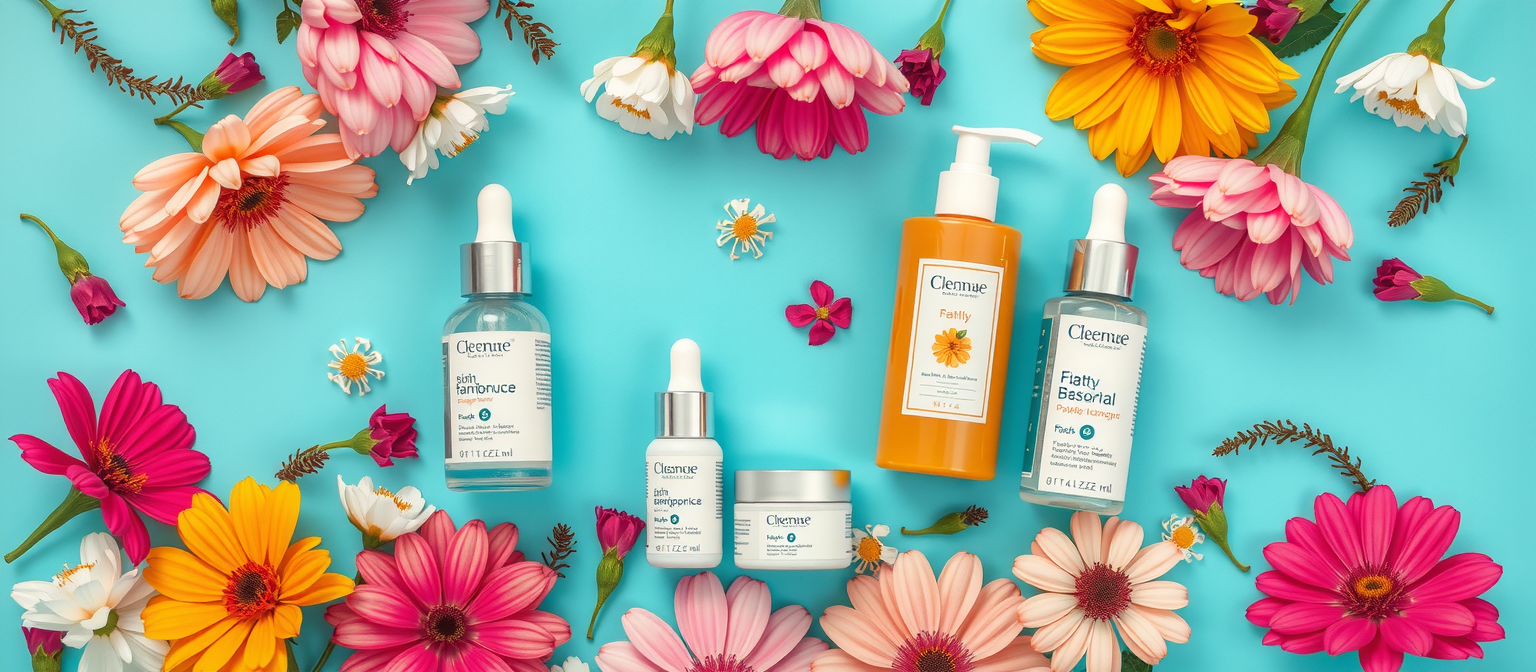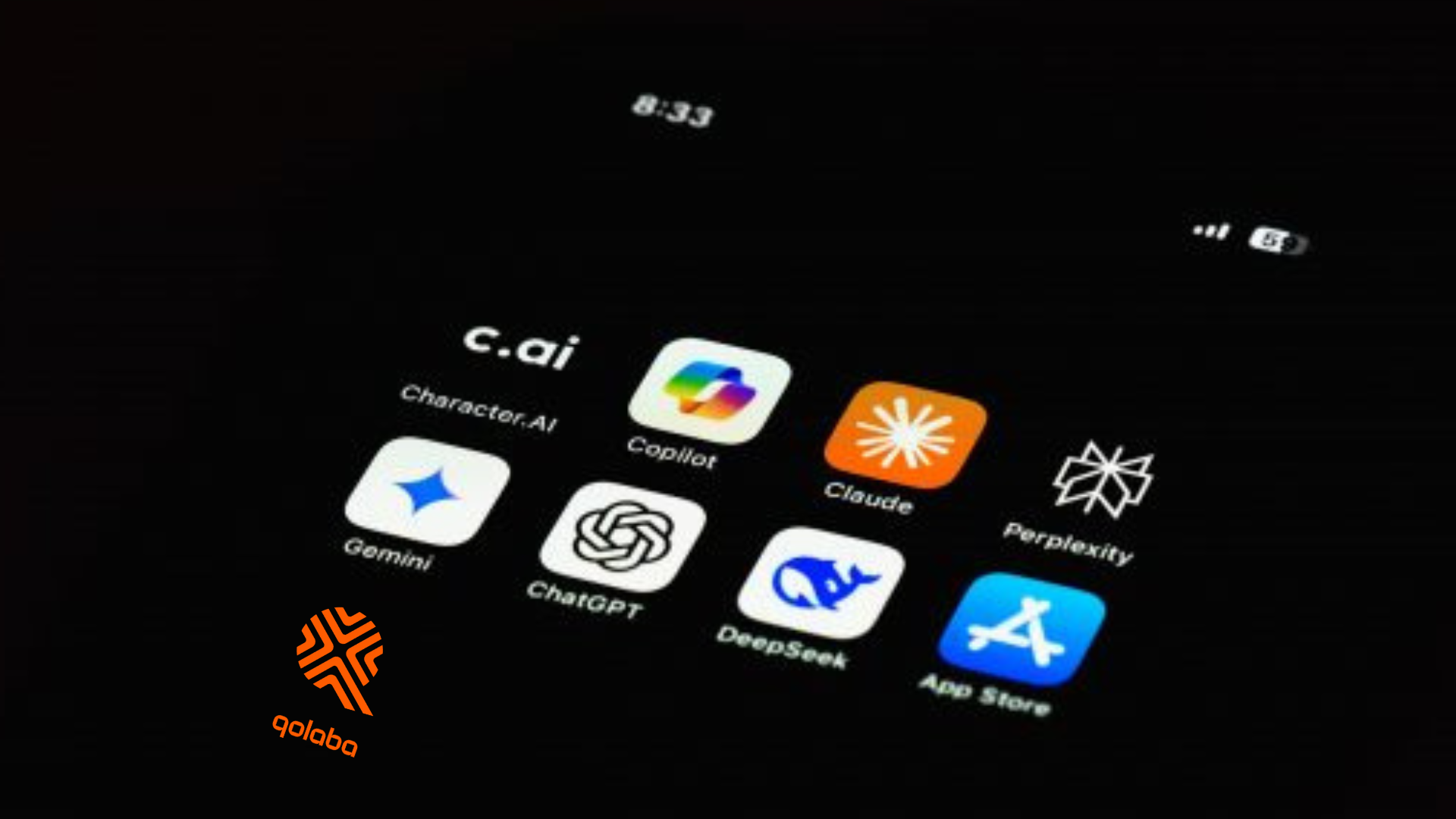AI is revolutionizing visual content creation for designers, marketers, and content creators. With just a few words, AI tools can generate stunning images and videos on demand. However, the true magic lies in effective prompting — guiding AI with clear, strategic instructions to bring your vision to life.
This guide covers:
- How AI interprets prompts for visual generation
- Best practices for image and video prompts
- Advanced techniques to elevate AI visuals
- Real-world examples from top brands
- Smart strategies for using AI visuals effectively
Why Prompting Matters
AI tools do not “think” as humans do. They rely on detailed prompts to generate visuals that match user expectations. A well-structured prompt can mean the difference between a breathtaking, high-quality image and an irrelevant, unusable one. Whether you’re a designer, marketer, or casual creator, mastering AI prompts can unlock unlimited creative potential.
Understanding AI-Powered Visual Content Generation

How AI Interprets Prompts
AI tools use natural language processing (NLP) and machine learning to understand your text inputs. These tools translate your prompts by identifying keywords, context, and visual patterns based on their vast training data.
The Role of Training Data
AI models are trained on millions of images and videos, allowing them to recognize styles, textures, lighting, and compositions. However, they do not “create” from imagination—they recombine learned patterns based on the words provided. After you enter a prompt, the AI model analyzes your input and generates a response based on the patterns it has learned through its training
Text-to-Image vs. Text-to-Video
- Text-to-Image: Tools like DALL·E, Midjourney, and Qolaba create still images from text prompts.
- Text-to-Video: Platforms like Runway ML and Pika Labs animate sequences, interpreting prompts with motion and scene progression.
The Basics of Crafting Effective Prompts
Be Specific
Clear prompts = better results.
- Weak Prompt: “A mountain scene”
- Strong Prompt: “A snow-covered mountain at sunrise, pine trees, a wooden cabin in the distance, soft orange lighting”
Avoid Common Mistakes
- Overloading prompts with too many details
- Using vague adjectives (“nice,” “cool”)
- Forgetting aspect ratio or resolution (e.g., 1080×1080 for social media)
- Ignoring composition elements like perspective and depth
Solution: Focus on essential details first, then refine. More descriptive prompts can improve the quality of the outputs
Examples of Weak vs. Strong Prompts
| Weak Prompt | Strong Prompt |
| “A cat” | “A fluffy white Persian cat sitting on a windowsill in sunlight, 4K resolution” |
| “Beach” | “A tropical beach at sunset, palm trees swaying, golden light reflecting on the water, 16:9 aspect ratio” |
| “Robot” | “A humanoid robot standing in a neon-lit city street at night” |

Structuring the Perfect Image Prompt
Key Components:
- Subject: Main focus (“vintage bicycle”)
- Setting: Background/location (“cobblestone street in Paris”)
- Details: Time of day, lighting, colors, textures
Example Prompt:
“A vintage bicycle with a wicker basket, parked on a cobblestone street in Paris at sunset, warm golden lighting, 4K resolution”

Colors, Styles, and Themes
- Use precise terms: “pastel colors,” “Baroque style,” “minimalist design”
- Example: “Pastel-colored floral arrangement in a Japanese minimalist vase, on a wooden table, natural lighting”
A basic formula to follow is: Subject + Style + Details + Format of Output
Providing a Step-by-Step Guide to Using the Formula
Expand each part of the formula with a clear explanation and illustrative examples:
A Basic Formula for Image Prompts: Subject + Style + Details + Format of Output
Think of this formula as the building blocks of your AI image prompt. Let’s break down each component:
- Subject: This is the core of your image – what or who is the focus? Be as specific as possible.
- Weak: “A dog”
- Better: “A golden retriever”
- Strong: “A fluffy golden retriever puppy with floppy ears”
- Style: How should the image look? This could refer to artistic styles, photographic techniques, or general aesthetics.
- Weak: “Drawing”
- Better: “Pencil sketch”
- Strong: “Detailed pencil sketch with cross-hatching”
- Other Examples: “Impressionist painting,” “photorealistic,” “cartoonish,” “cyberpunk,” “vintage photograph”
- Details: These are the extra pieces of information that add context, mood, and visual interest. Consider:
- Setting/Location: “In a park,” “on a futuristic cityscape,” “in a cozy living room”
- Time of Day/Lighting: “At sunset,” “under soft studio lighting,” “neon-lit”
- Colors: “Vibrant pastel colors,” “monochromatic,” “earthy tones”
- Mood/Emotion: “Happy,” “serene,” “mysterious,” “dramatic”
- Composition: “Close-up shot,” “wide-angle view,” “eye-level perspective”
- Specific Objects/Elements: “With a red ball,” “surrounded by flowers,” “with a stormy sky”
- Format of Output: How do you want the final image to be?
- Aspect Ratio: “16:9,” “4:3,” “square”
- Resolution: “4K resolution,” “high detail”
- Intended Use: “As a social media post,” “for a website banner,” “as a poster”
Advanced Prompting Techniques for Images
Artistic Styles and Influences
- “Inspired by Impressionism,” “Van Gogh-style brushstrokes”
- Add era or medium: “1950s magazine illustration,” “watercolor painting”
Combine Multiple Elements
- Combine ideas smoothly using connecting words: “A futuristic city skyline where flying cars zip through neon-lit streets during a nighttime rainstorm”
Negative Prompting
- Specify what you don’t want: “A city park in spring, without people or animals, with clear skies”
Structuring the Perfect Video Prompt
Key Elements of a Strong Video Prompt:
- Scenes: Describe the setting and main subjects (e.g., “A misty forest with a hidden waterfall”)
- Motion: Specify how elements move (e.g., “The camera smoothly follows a cyclist on a winding road”)
- Transitions: Indicate how scenes change (e.g., “A slow fade-in reveals the city skyline at night”)
Example Video Prompt:
“A time-lapse of a busy urban street, capturing the golden morning glow, shifting to midday hustle, and ending with neon-lit nightlife, accompanied by ambient city sounds.”
Achieving Realism and Creativity
- Define the style: “A cinematic, slow-motion shot of ocean waves crashing against rugged cliffs at sunset.”
- Use mood and atmosphere: “A suspenseful, noir-style alleyway scene, dim lighting, distant sirens in the background.”
Be Descriptive
Adjectives/Adverbs
Set tone and style:
- “Soft, diffused lighting” vs. “Harsh, direct lighting”
- “Gently flowing water” vs. “Rapidly crashing waves”
Action Words
Add life:
- “A dancer twirling gracefully in a spotlight”
- “Leaves rustling in the wind”
Aspect Ratios and Resolution
Always include specifications:
- “16:9, 4K resolution” (video)
- “Square format, 1080×1080” (image)
Industry-Specific Prompt Strategies
Product Managers
“A sleek black smartwatch on a marble countertop, minimalist background”

Content Creators
“A vibrant flat lay of skincare products surrounded by flowers, bright lighting, Instagram aesthetic”

Digital Marketers
“Animated explainer of a mobile app interface, smooth transitions, call-to-action text, upbeat background music”
Integrating AI Visuals into Your Content Strategy
Best Practices:
- Use brand colors, tone in prompts for consistency
- Test multiple prompts for varied output
AI vs. Traditional Design:
- AI Visuals: Quick ideas, social content, A/B testing
- Traditional Design: Campaigns, intricate branding, high-detail work
Legal & Ethical Considerations
- Review platform usage rights
- Avoid misleading visuals or misrepresentation
Real-World Example
Coca-Cola’s AI-Driven Marketing: A Strategic Transformation

Coca‑Cola Invites Digital Artists to ‘Create Real Magic’ Using New AI Platform
The Campaign: The “Create Real Magic” campaign was a strategic initiative by Coca-Cola, leveraging a new AI platform, allowing digital artists to create works that included Coca-Cola branding. This was done to produce user-generated content and to display Coca-Cola’s use of new AI technology, while also engaging the digital art community.
What it represents for Coca-Cola (Brand):
- Modernity: Projects an innovative and forward-thinking image.
- Democratization: Involves external creators, shifting from purely top-down marketing.
- Emotional Connection: Explores new digital ways to convey “Real Magic.”
- Brand Amplification: Leverages artists’ networks for organic reach.
- Refreshed Imagery: Generates diverse visual interpretations of the brand.
What it represents for Coca-Cola (Business):
- Exploring New Marketing: Tests AI as a novel content creation and engagement tool.
- Scalable Content Potential: Investigates AI’s ability to generate content efficiently.
- Brand Perception Insights: Gathers data on how the brand is creatively interpreted.
- Community Building: Fosters engagement and potential loyalty among artists.
- Potential Efficiencies: Explores long-term cost benefits of AI content generation.
- Data Collection: Gathers data on prompts and artwork for future strategy.
Conclusion
Mastering AI prompting isn’t just about generating visuals—it’s about shaping your creative vision with precision and clarity. With the right techniques, you can produce impactful, high-quality images and videos tailored to your brand or project. By experimenting with different prompts, refining descriptions, and leveraging AI tools like Qolaba, you can streamline your content creation process and unlock endless creative possibilities. Now, it’s time to put these insights into action and elevate your AI-generated visuals to the next level!
FAQs: Prompting for AI-Generated Visuals
How do I structure an AI prompt?
Start with a clear subject, define the setting, add detailed descriptions, specify the artistic style or theme, and include resolution or aspect ratio to guide AI in generating accurate visuals. Clarity and specificity yield the best results.
How can I make AI-generated images more realistic?
Enhance realism by specifying lighting conditions, textures, depth of field, shadows, and real-world elements. Adding high-resolution details and referencing photographic styles can improve authenticity and create lifelike AI-generated visuals.
Can AI create custom brand visuals?
Yes, AI can generate branded content by incorporating logos, color schemes, typography, and specific artistic styles. Providing detailed brand guidelines in prompts ensures consistency and alignment with the brand’s identity across visuals.
What are the limitations of AI-generated videos?
AI videos may struggle with complex storytelling, fluid motion, and detailed scene transitions. Fine-grain editing, emotional depth, and maintaining narrative coherence often require human intervention for post-production refinements.
How do I ensure AI visuals align with my brand identity?
Use brand-specific prompt templates with consistent colors, fonts, and stylistic elements. Including key branding components like slogans, visual themes, and design aesthetics ensures AI-generated visuals maintain brand coherence and recognition.





